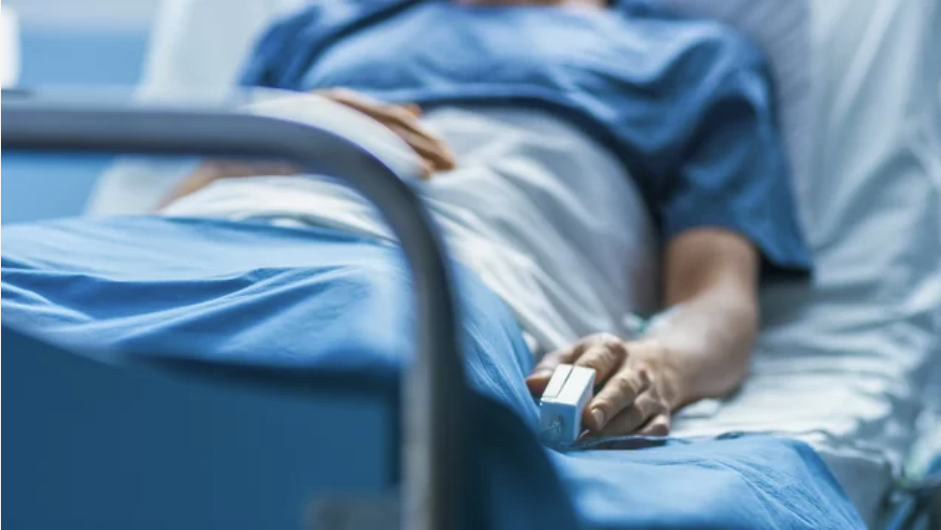
Technology Improves Patient Safety in Hospitals
Hospitals are where we go to get well when we’re sick or injured, but anyone working in these environments knows there is always room to improve hospital patient safety. Hospitals must evaluate the measures they are taking to minimize risk to patients, address deficiencies and barriers, and implement initiatives that promote safer practices. According to research published on the National Institute of Health website, Every year, 700,000 to 1 million patients fall in the hospital, causing 250,000 injuries and up to 11,000 deaths. And that’s not including other hospital safety hazards such as rates of infection and medical errors.
What Causes Patient Falls in the Hospital?
Even in the most proactive and conscientious healthcare organizations there may be unexpected hazards that lead to patient falls. The backing of a tegaderm unknowingly falls to the floor during a dressing change; an IV is leaking because the patient accidentally loosened the connector while trying to get comfortable in bed; a patient forgets their SCD’s are connected, decides not to “bother” their nurse for toileting and trips on the way. Then you have patients with known fall risks due to disease processes, post surgery recovery, medications, and general unfamiliarity with their surroundings. It is impractical to think we can eradicate all fall risks,
A study of seven hospitals found that patient falls were most commonly related to problems concerning:
- Fall risk assessment – Tools used to determine a patient’s risk were not accurate, and different caregivers applied different ratings to their patients. Standardized cognitive testing should be used to help with subjective risk categorization.
- Handoff and communication – Caregivers were not always adequately alerted to a new patient requiring assistance with ambulation. The use of bedside alarms, as well as patient white boards could help staff keep up with the ever-changing environment. Patients, too, must understand their risk for falling.
- Toileting – Communicating that there will be an hourly, proactive check for toileting can help patients know what to expect. Another study found half of all patient falls in one hospital over a 13-week period were related to elimination. Medications that make patients drowsy and prone to falls should be administered at least two hours before bedtime when possible.
- Call lights – Patients with dementia or memory issues may require extra precautions such as monitoring and alert systems, as they may forget to use their call lights at all times, especially when getting up out of bed.
- Education – Patients, family members, and hospital staff must all understand that preventing falls is everyone’s responsibility. They must all be educated in the latest practices to mitigate the risk of injury.
- Medication – Diuretics, laxatives, narcotics, antipsychotics, and hypertensives can increase the likelihood of a fall, especially when patients are on one or more medications at a time. Patients and caregivers should be aware of the risk and monitor patients, especially just after administering the medication and before the night’s sleep.
In a perfect world, all patients could be matched with 1:1 physical sitters to watch over them, tending to their every need. Unfortunately, this method of prevention is not feasible given staffing restraints and budgetary concerns. For this reason, forward-thinking hospitals are looking to technology to fill in the gaps, better allocate resources, and prioritize activities in a way that prevents patient falls.
Improving Patient Safety with Virtual Monitoring Technology
CareView’s Patient Safety System ® delivers the latest technology for video monitoring in hospitals, using predictive technology and workflow improvements to aid your nursing stations. With patented Virtual Rails®, built-in machine learning evaluates patient movements , validates intent to exit the bed, and creates an audible and visual alarm through the interface to improve response times and prevent falls. The SitterView® Monitoring System allows up to 40 patients to be virtually monitored from one monitoring station. With EHR and Safety Alert integrations communication is simplified.
One Texas VA Medical Center implemented CareView’s unintrusive, multifactored solution in May 2021. They witnessed a 90% decrease in falls in one unit and 30% reduction overall. They went from having 7 major fall-related injuries to zero. Instead of sounding a frightening alarm in the patient’s room, the system discreetly alerted the central monitoring station staff who could then determine whether escalation to unitstaff was necessary.
Every healthcare facility faces unique challenges. CareView works to ensure adequate training, optimized workflows, and best practice guidance to achieve results. Contact us to learn more about reducing this top safety hazard.